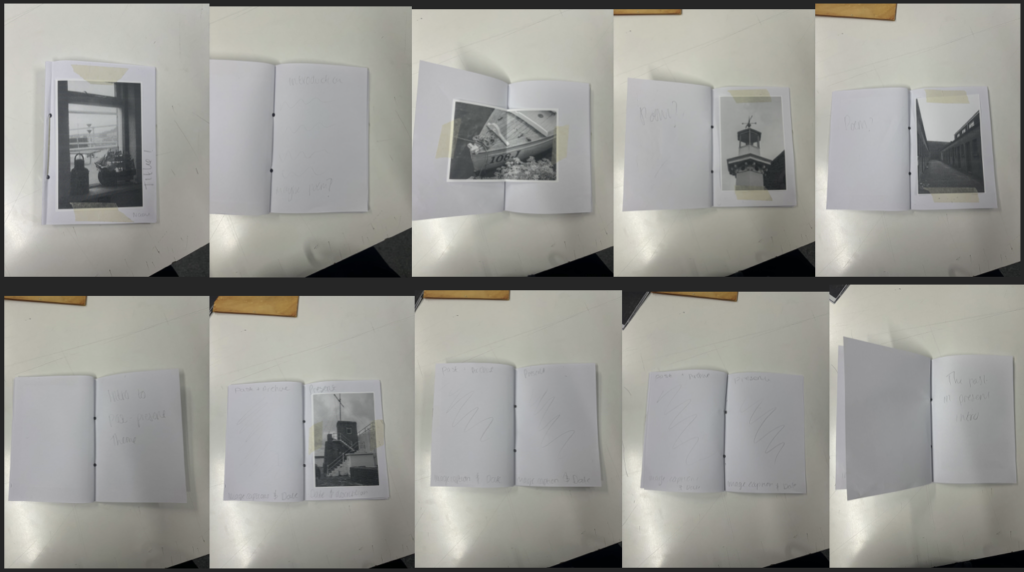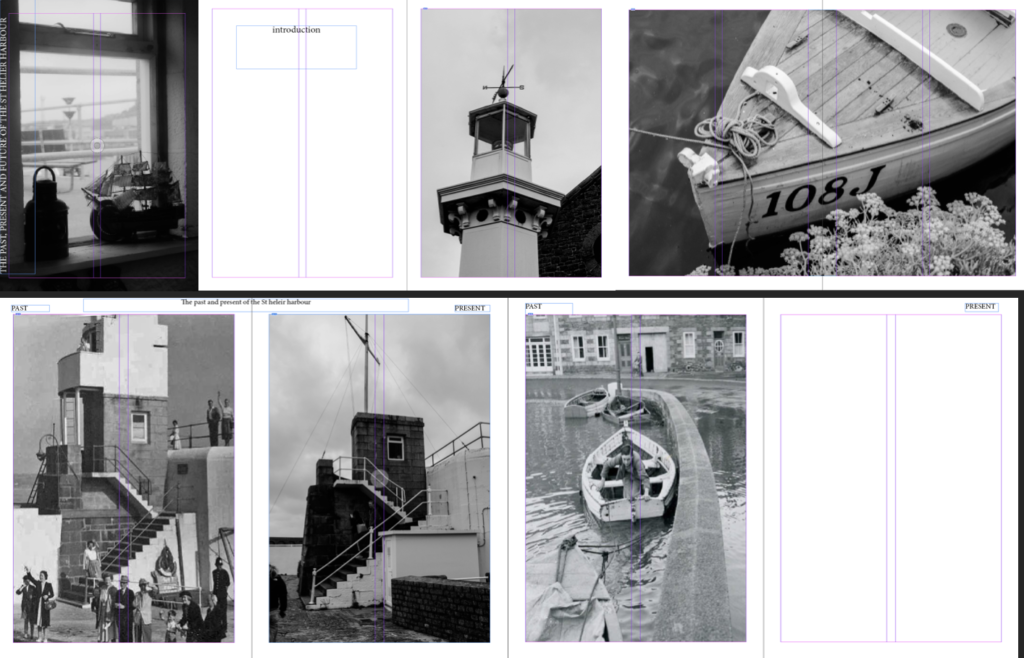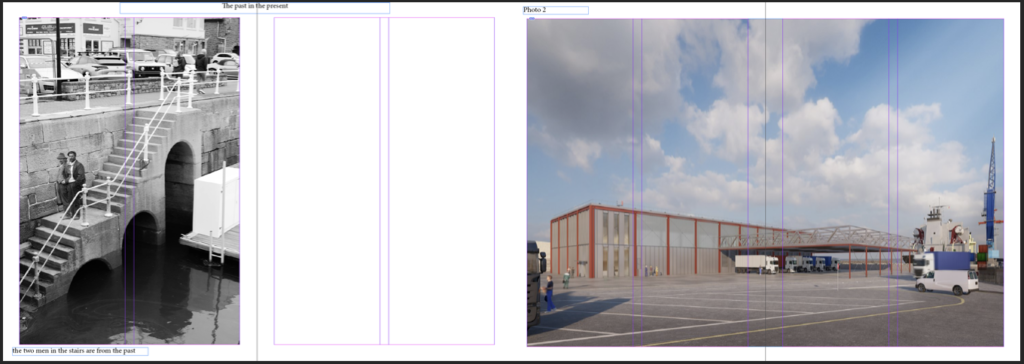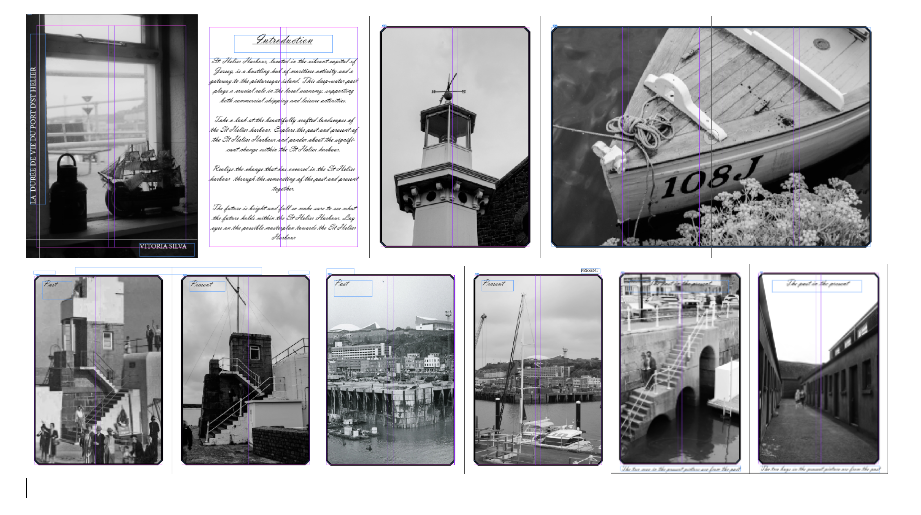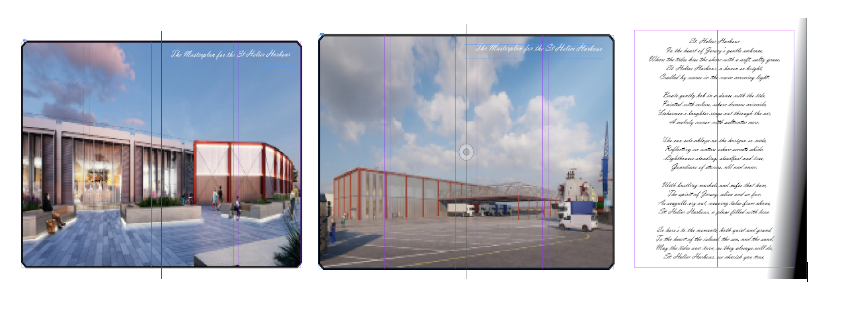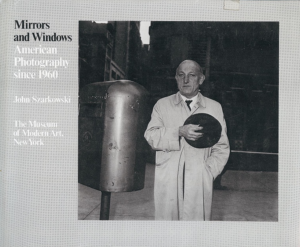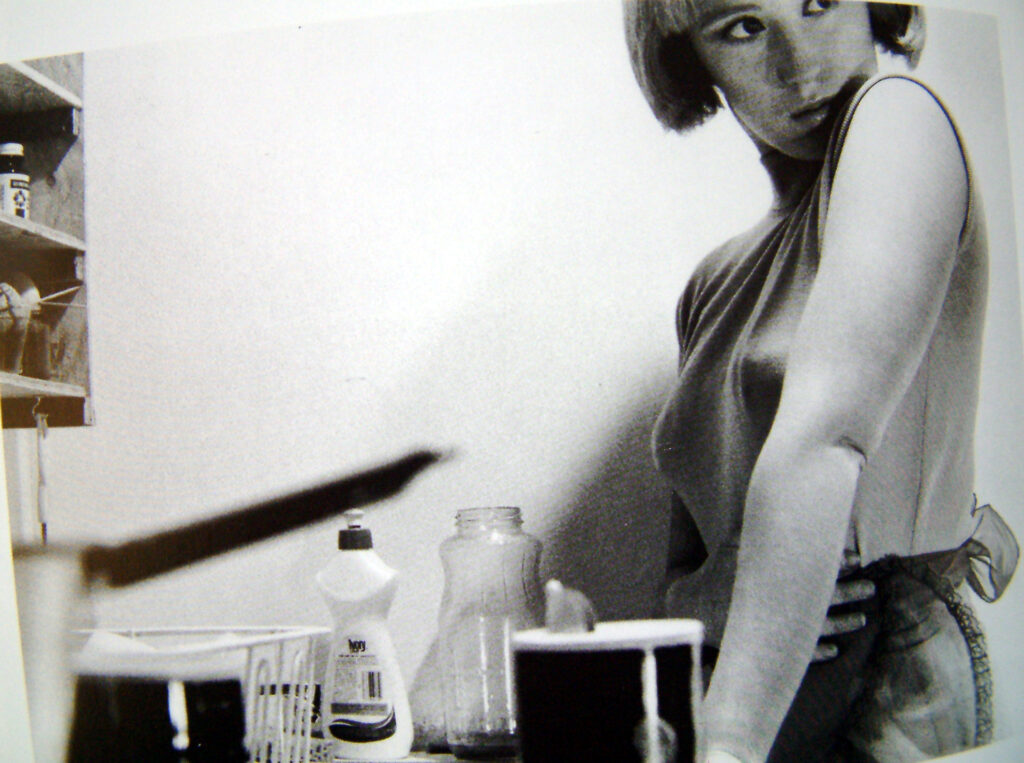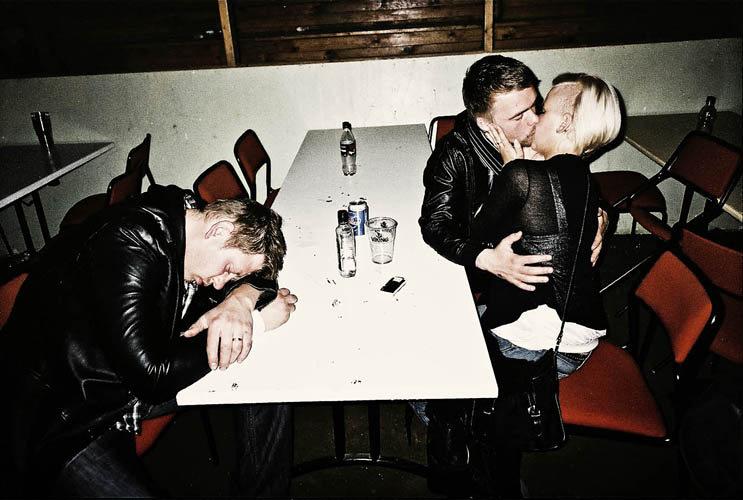What is the difference between photographs that are mirrors or windows?
Mirrors tends to classed as quite subjective and romantic. It has denotations of a photographers sensibility of view which is a projection of self. Windows is objective, it explored the exterior region and illustrates reality and presence
- Read two texts above (John Szarkowski’s introduction and review by Jed Pearl) and select 3 quotes form each that is relevant to your essay.
John:
“The pictures included here are arranged in two
sections,”
Szarkowski suggests that there is a,
“fundamental dichotomy today between photographers
who believe that all art is concerned with self-expression
and those who see it as a means of exploration”
“Art is a mirror, reflecting a
portrait of the artist who made it, and those who see it as a
window, through which one may better know the world”
Jed:
White, toward an idealist, “romantic” goal of “self-expression,” a “mirror” that primarily describes the self; Frank, toward an introverted “realism,” involved with the “exploration” of a private “window” on the world.
“the general movement in American photography in the past quarter-century has been from public to private concerns”
Now, in Mirrors and Windows, he presents a binary theory of photography as art: an evolution from public to private concerns
RE-DO this
2. Select two images, one that represent a mirror and another that represents a window as examples to use in your essay.

Windows- Henri Cartier-Bresson
3. Use some of the key words that you listed above to describe what the mirrors and windows suggest.
Mirrors: subjective, personal, romantic, sensibility, private, expression, projection and complex,
Windows: objective, exterior, documentary, tableux, public, escape, landscape, still life, explore, world and elements
Please note that AI may have been used to construct this blog

